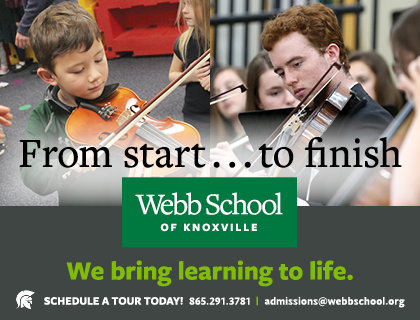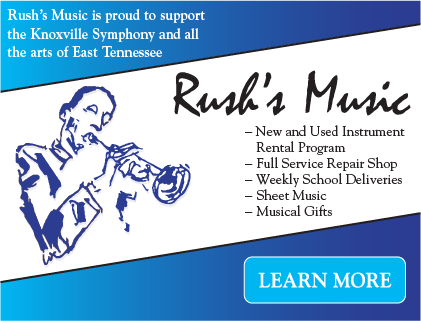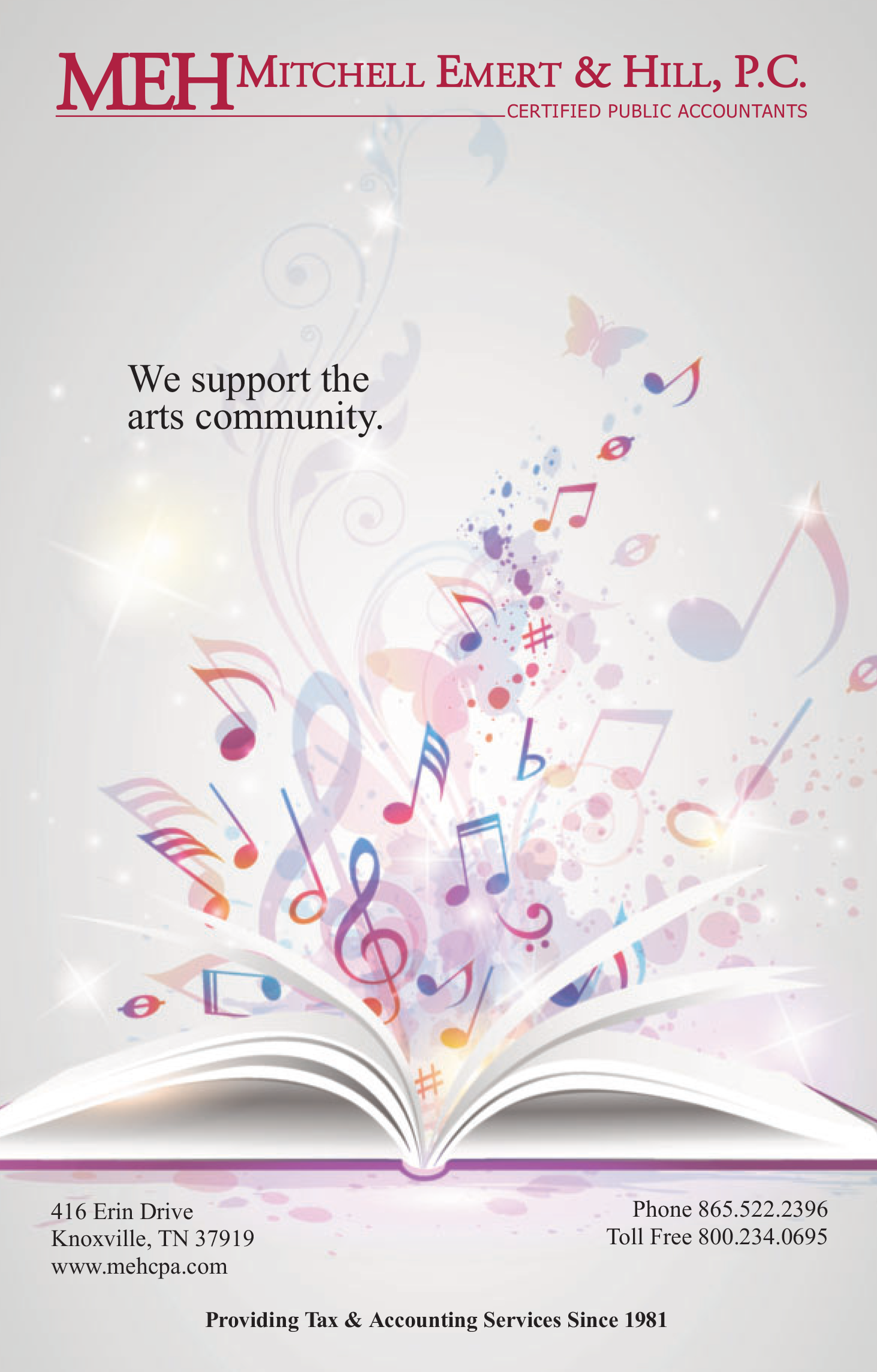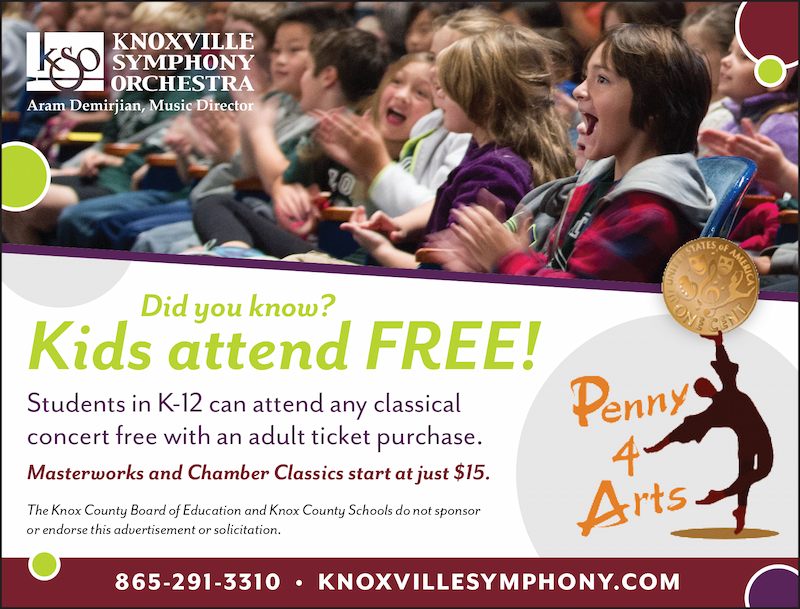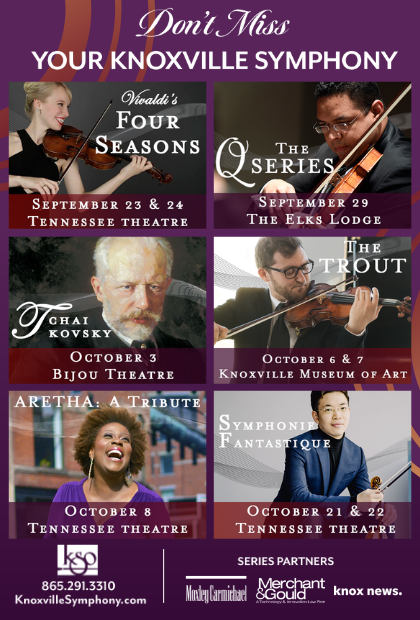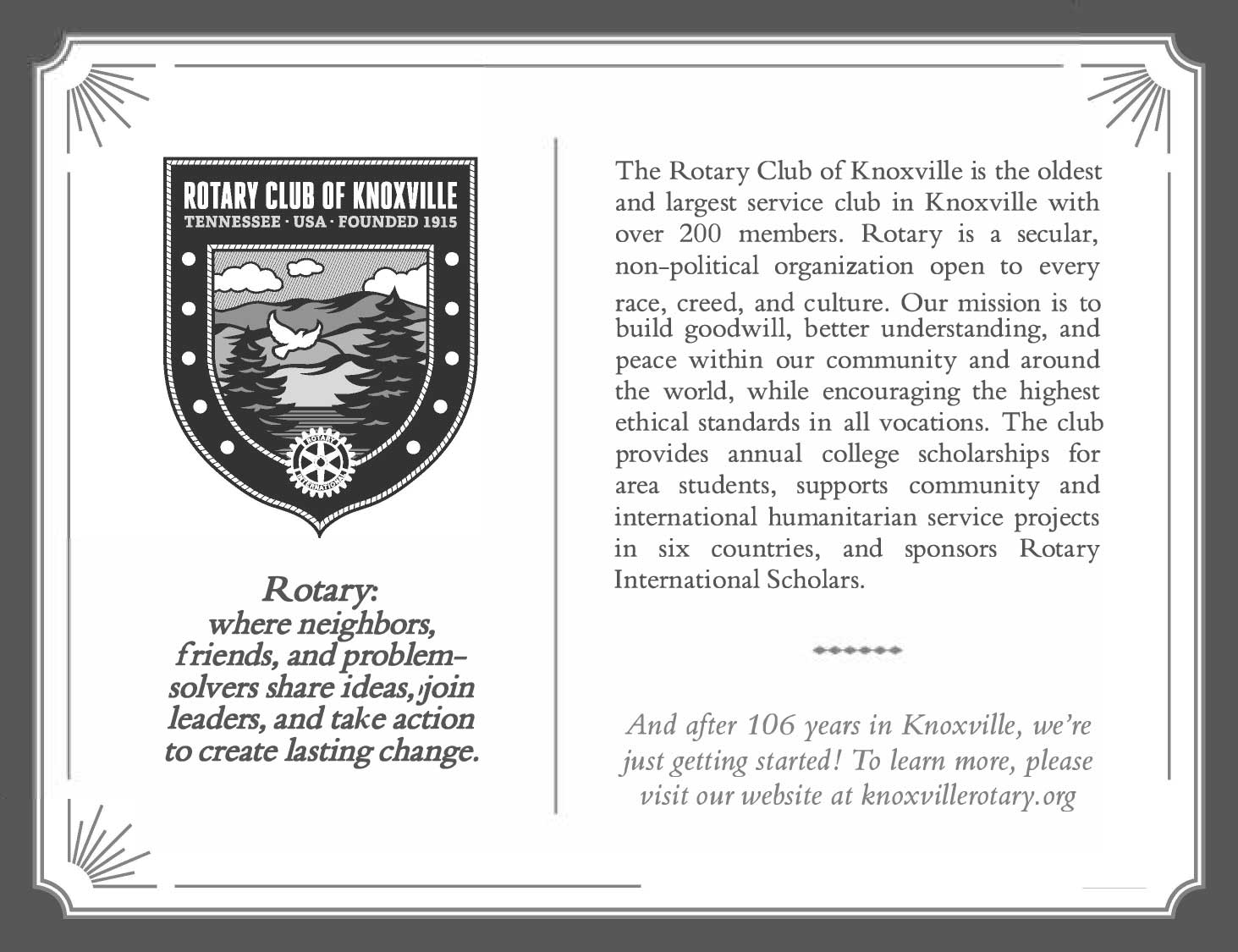
.jpg)
.jpg)
Umoja: Anthem of Unity (2019)
Valerie Coleman was born in Louisville, Kentucky, in 1970. The first performance of Umoja: Anthem of Unity took place at Verizon Hall in the Kimmel Center, Philadelphia, Pennsylvania, on September 19, 2019, with Yannick Nézet-Séguin conducting the Philadelphia Orchestra. Umoja: Anthem of Unity is scored piccolo, two flutes, two oboes, English horn, two clarinets, bass clarinet, two bassoons, two horns, two trumpets, trombone, bass trombone, tuba, timpani, snare drum, bass drum, temple blocks, triangle, cymbals (large ride, suspended, and crash), tambourine, glockenspiel, xylophone, marimba, vibraphone, harp, piano, and strings. Approximate performance time is ten minutes.
The score for Umoja: Anthem of Unity includes the following commentary:
In its original form, Umoja, the Swahili word for Unity and the first principle
of the African Diaspora holiday Kwanzaa, was compose(d) (as) a simple song for women’s choir. It embodied a sense of ‘tribal unity’, through the feel of a drum circle, the sharing of history through traditional “call and response” form, and the repetition of a memorable sing-song melody. It was rearranged into woodwind quintet form during the genesis of Coleman’s chamber music ensemble, Imani Winds, with the intent of providing an anthem that celebrated the diverse heritages of the ensemble itself.
Almost two decades later from the original, the orchestral version brings an expansion and sophistication to the short and sweet melody, beginning with sustained ethereal passages that float and shift from a bowed vibraphone, supporting the introduction of the melody by solo violin. Here the melody is sweetly singing in its simplest form with an earnest reminiscent of Appalachian style music. From there, the melody dances and weaves throughout the instrument families, interrupted by dissonant viewpoints led by the brass and percussion sections, which represent the clash of injustices, racism, and hate that threatens to gain a foothold in the world today. Spiky textures turn into an aggressive exchange between upper woodwinds and percussion, before a return to the melody as a gentle reminder of kindness and humanity. Through the brass-led ensemble tutti, the journey ends with a bold call of unity that harkens back to the original anthem.
Umoja has seen the creation of many versions, that are like siblings to one another, similar in many ways, but each with a unique voice that is informed by Coleman’s ever-evolving creativity and perspective.
“This version honors the simple melody that ever was, but is now a full exploration into the meaning of freedom and unity. Now more than ever, Umoja has to ring as a strong and beautiful anthem for the world we live in today.”
Notes on the Program by Valerie Coleman
Le quattro stagioni (The Four Seasons), Opus 8, Nos. 1-4 (ca. 1725)
Antonio Vivaldi was born in Venice, Italy, on March 4, 1678, and died in Vienna, Austria, on July 28, 1741. In addition to the solo violin, Le quattro Stagioni is scored for strings and continuo. Approximate performance time is thirty-seven minutes.
Antonio Vivaldi composed more than 230 concertos for solo violin. Among them, The Four Seasons is by far the best known. Indeed, almost three centuries after its composition, The Four Seasons remains one of the most popular works in all of concert music.
The Four Seasons, scored for solo violin, continuo, and strings, is part of a larger work, a series of twelve concertos for violin and orchestra the composer entitled Il cimento dell’armonia e dell’inventione (The Contest of Harmony and Invention), Opus 8. The Four Seasons comprises the first four of the Opus 8 concertos. Le Cène, in Amsterdam, published Il cimento dell’armonia e dell’inventione in 1725.
The 1725 score of The Four Seasons includes sonnets (that may have been written by the composer), describing the programs for each of the twelve movements. Further, certain passages in the score are accompanied by additional captions describing what the music is intended to portray. For example, the repeated forte viola figure in the second movement of Spring is designated by the composer as “Il cane che grida”—the goat herd’s “barking dog”!
What is remarkable is that while Vivaldi incorporates dozens of such descriptive touches into The Four Seasons, the music never deteriorates into a series of effects. Rather, The Four Seasons demonstrates an admirable—and highly satisfying—sense of cohesion. This is achieved, in great part, by Vivaldi’s use of the ritornello (a recurring instrumental phrase) in the outer movements of each “Season.” Further, Vivaldi’s considerable melodic gifts, daring harmonies, and brilliant writing for the solo instrument produce an immensely entertaining work. If there was ever music that radiated the composer’s joy in its creation, it is Vivaldi’s The Four Seasons. The continued affection for Vivaldi’s masterpiece reflects that such enthusiasm was not misplaced.
The poetic nature and rhythmic vitality of Vivaldi's Seasons prompted KSO Music Director Aram Demirjian to approach Knoxville Poet Laureate Rhea Carmon about creating a new set of poems inspired by Vivaldi's music, continuing a cycle of creativity that began three centuries ago, which they have called Vivaldi Reimagined. Carmon comments:
"We all look at the four seasons of a year through a different lens. I interact with Vivaldi’s Four Seasons by examining the stories of my life and community as we travel through each season. Through conversations, I have learned that I can connect with all types of people through shared experiences. I invite you to find yourself in the words that are presented and allow these stories and experiences to promote connection with the humanity of those around you."
Notes on the Program by Ken Meltzer
Variations on an Original Theme, Opus 36, “Enigma” (1899)
Edward Elgar was born in Broadheath, near Worcester, England, on June 2, 1857, and died in Worcester on February 23, 1934. The first performance of the “Enigma” Variations took place at St. James’s Hall in London, England, on June 19, 1899, with Hans Richter conducting. The “Enigma” variations are scored for piccolo, two flutes, two oboes, two clarinets, two bassoons, contrabassoon, four horns, three trumpets, three trombones, tuba, timpani, bass drum, cymbal, snare drum, triangle, organ (optional), and strings. Approximate performance time is twenty-nine minutes.
The triumphant premiere of Edward Elgar’s “Enigma” Variations took place at St. James’s Hall in London on June 19, 1899. The word “Enigma” is found in the score above the introduction of the principal theme. In a 1911 commentary, Elgar suggested that the “enigma” refers to the manipulation and development of the theme: “This work, commenced in a spirit of humour and continued in deep seriousness, contains sketches of the composer’s friends. It may be understood that these personages comment or reflect upon the original theme and each one attempts a solution of the Enigma, for so the theme is called.”
Andante—In the seventeen-bar introduction, the strings, followed by the winds, present the various elements of the haunting principal theme.
- (C.A.E.) L'istesso tempo—The composer’s loving tribute to his wife, Caroline Alice Elgar.
- (H.D.S-P.) Allegro—Hew David Steuart-Powell was an amateur pianist who, according to Elgar, would begin each session with “a characteristic diatonic run over the keys.”
- (R.B.T.) Allegretto—Richard Baxter Townshend was an author and amateur actor who regaled audiences with his ability to instantly shift his vocal range from the deepest basso profundo to the highest soprano.
- (W.M.B.) Allegro di molto—The shortest of the Variations depicts William Meath Baker informing his guests of arrangements he made for their transportation and then quickly leaving the room, “with a bang on the door.”
- (R.P.A.) Moderato—Richard Penrose Arnold was the son of poet Matthew Arnold.
- (Ysobel) Andantino—Isabel Fitton studied viola with Elgar.
- (Troyte) Presto—Arthur Troyte Griffith was an architect and amateur painter.
- (W.N.) Allegretto—Winifred Norbury served with Elgar as joint secretary of the Worcestershire Philharmonic Society.
- (Nimrod) Adagio—“Nimrod” is Elgar’s heartfelt depiction of his friend, August Jaeger (“jaeger” in German means “hunter,” thus the reference to Nimrod, the biblical hunter).
- (Dorabella) Intermezzo. Allegretto—Dora Penny was W.M.B.’s step-niece whom Elgar nicknamed “Dorabella,” after a character in Mozart’s opera, Così fan tutte.
- (G.R.S.) Allegro di molto—According to Elgar, this section depicts George Robertson Sinclair’s bulldog, Dan, plunging into the river, vigorously swimming to shore and finally landing with a “rejoicing bark.”
- (B.G.N.) Andante—Basil G. Nevinson was an amateur cellist who often played chamber music with Elgar.
- (***) Romanza. Moderato—The penultimate Variation is inspired by Lady Mary Lygon.
- (E.D.U.) Finale. Allegro—The composer himself appears (“E.D.U.” is derived from “Edoo,” Lady Elgar’s nickname for her husband) in the stirring Finale.
Notes on the Program by Ken Meltzer







